Henri de Toulouse Lautrec
Toulouse-Lautrec & Malromé
Adèle de Toulouse-Lautrec settles down in 1883. She finds here the serenity, the stability that her nomad life with Alphonse had not permitted.
Henri is 19 years old, he leads a Parisian life, studies in the workshops of great Masters: Léon Bonnat and Fernand Cormon.
Each summer brings him back to Malromé. He stays until the grape harvests which he describes in his drawings. He paints his mother surrounded by hydrangeas. He settles here his summer workshop, and the walls still have the mark. He takes advantage of the warmth of maternal love and of the proximity with his cousins at the Castle of Respide.
Malromé is his refuge, he dies here on September 9th 1901 at almost 37 years old.
Henri de Toulouse Lautrec
Toulouse-Lautrec & Malromé
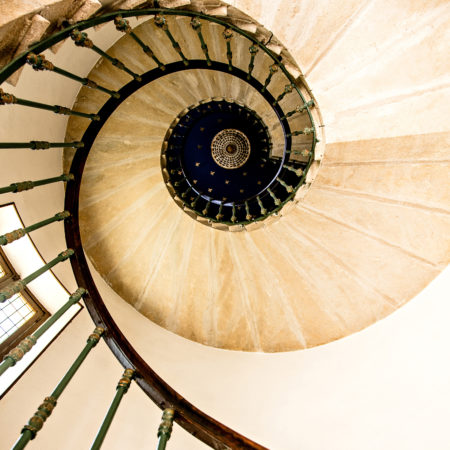

Adèle de Toulouse-Lautrec settles down in 1883. She finds here the serenity, the stability that her nomad life with Alphonse had not permitted.
Henri is 19 years old, he leads a Parisian life, studies in the workshops of great Masters: Léon Bonnat and Fernand Cormon.
Each summer brings him back to Malromé. He stays until the grape harvests which he describes in his drawings. He paints his mother surrounded by hydrangeas. He settles here his summer workshop, and the walls still have the mark. He takes advantage of the warmth of maternal love and of the proximity with his cousins at the Castle of Respide.
Malromé is his refuge, he dies here on September 9th 1901 at almost 37 years old.
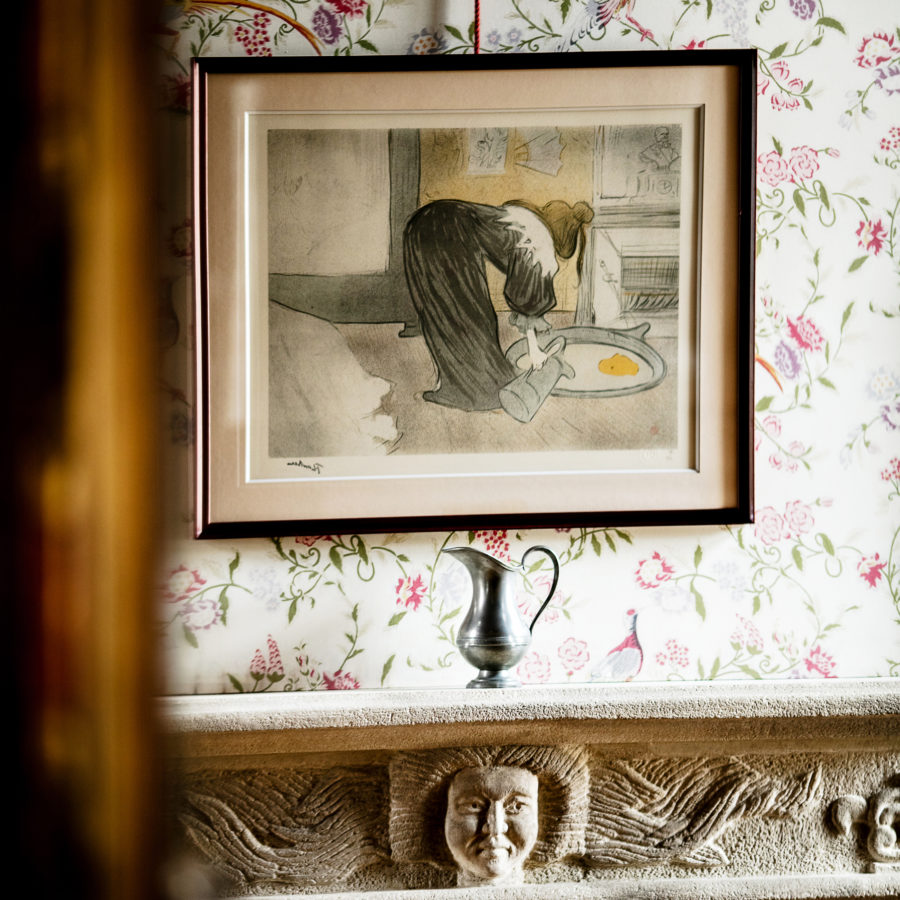
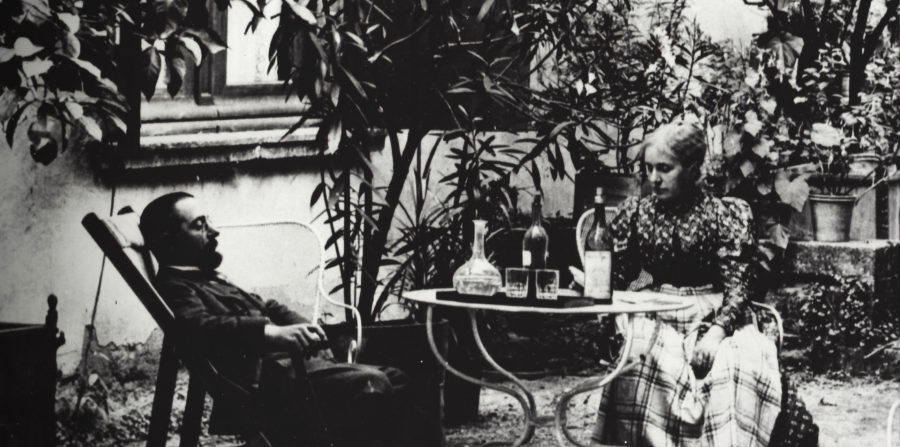
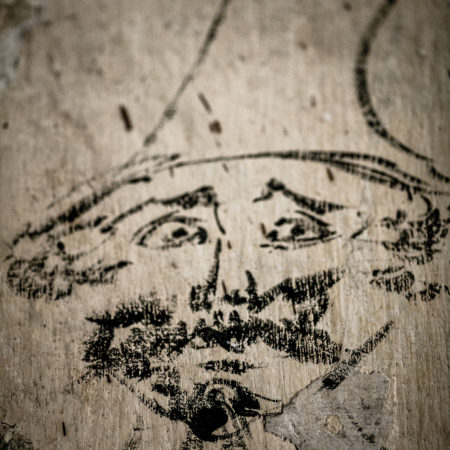
Henri de Toulouse Lautrec
A different approach of the Artist
Malromé is a lively space, which celebrates Henri de Toulouse-Lautrec’s artwork and demonstrates his privacy. Limited in his movements, weakened by his sufferings, upset by his loves, all the physical and moral constraints required by his illness, lead him to enhance them, by a total freedom in his pictorial practice.
The vision that Henri de Toulouse-Lautrec has on the society in this end of century, is deeply human. Witness of his time, Henri transcends all that is grotesque and tragic in the human comedy.
He does not stand as a judge, he who is victim of quick judgments. His drawings, his paintings show the reality of situations hard to live with. He reaches the reality of the human being behind the social mask.
He observed this life from an outside look, with the distance that his appearance required. His sharp sensibility allowed him a total comprehension of those with whom he shared a certain exclusion.
Without material and moral constraints, he knew how to release the pictorial language from the straitjacket of the codes of academic painting and blew a wind of freedom that he let us in heritage. In the effervescence of this turn of the century, he is at the forefront of his generation, and contributes to the renewal of the pictorial art.
The animation of the visits of Henri de Toulouse-Lautrec’s apartments and the preservation of his heritage are managed by our speaker guide Pauline Leclercq.

Malromé is a lively space, which celebrates Henri de Toulouse-Lautrec’s artwork and demonstrates his privacy. Limited in his movements, weakened by his sufferings, upset by his loves, all the physical and moral constraints required by his illness, lead him to enhance them, by a total freedom in his pictorial practice.
The vision that Henri de Toulouse-Lautrec has on the society in this end of century, is deeply human. Witness of his time, Henri transcends all that is grotesque and tragic in the human comedy.
He does not stand as a judge, he who is victim of quick judgments. His drawings, his paintings show the reality of situations hard to live with. He reaches the reality of the human being behind the social mask.
He observed this life from an outside look, with the distance that his appearance required. His sharp sensibility allowed him a total comprehension of those with whom he shared a certain exclusion.
Without material and moral constraints, he knew how to release the pictorial language from the straitjacket of the codes of academic painting and blew a wind of freedom that he let us in heritage. In the effervescence of this turn of the century, he is at the forefront of his generation, and contributes to the renewal of the pictorial art.
The animation of the visits of Henri de Toulouse-Lautrec’s apartments and the preservation of his heritage are managed by our speaker guide Pauline Leclercq.
Contemporary art
Artistic program & openness
The contemporary art gallery of Malromé is located on the upper floor of the east wing. The exhibitions held in this 230-square-metre space focus on three areas, each in keeping with Malromé’s history :
– Artists whose thematics echo with those broached by Henri de Toulouse-Lautrec.
In 2017, for example, Nobuyoshi Araki revealed his fascination for the women depicted in Henri de Toulouse-Lautrec’s work, while Daido Moriyama’s tango dancers referenced the painter’s liking for the theatre in «Marcelle Lender Dancing the Bolero». The dragon exposed in autumn 2018 by Angélique de Chabot was not unlike those notebooks in which Henri de Toulouse-Lautrec loved to draw animals.
– Artists from Asia. Henri de Toulouse-Lautrec took a genuine interest in the art of Japanese prints, their simplified style and bold layouts. Building on these exhibitions, 2018’s guest creative was the Japanese visual artist Tadashi Kawamata, whose novel installation pays a powerfully emotive tribute to Toulouse-Lautrec. For her part, Angélique de Chabot dedicated an important creature for Chinese mythology with her dragon.
– Exhibitions inspired by Malromé, its history and region : winegrowing culture, the nearby Verdelais pilgrimage site, and the history of the Rosteguy de Lancre family. Last year, the artist Angélique de Chabot presented her strange bestiary infused with animist mysticism that would undoubtely have struck a chord with Pierre Rosteguy de Lancre, whose forebears founded the estate, and who led an ugly witch hunt in the Basque Country in 1609. In a similar vein, painter Jérémy Demester’s works are inspired by the forests around the Château ; the fires that consume them infuse his works with a spiritual dimension, to create a near-voodoo experience.
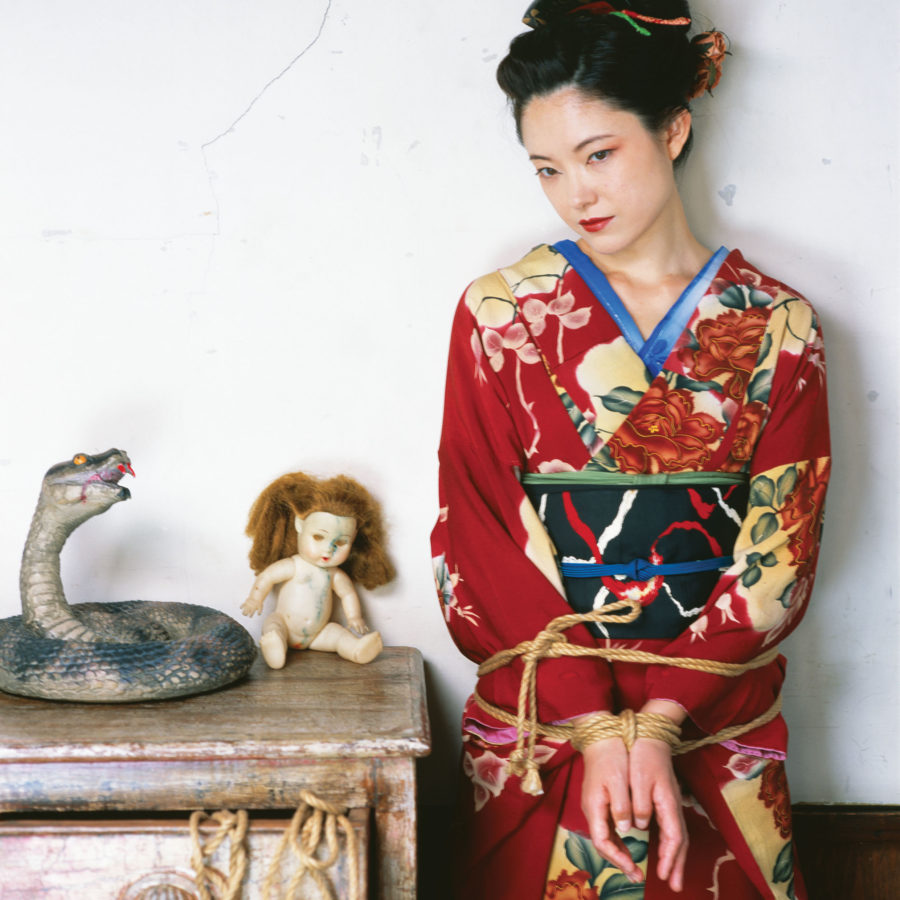
The contemporary art gallery of Malromé is located on the upper floor of the east wing. The exhibitions held in this 230-square-metre space focus on three areas, each in keeping with Malromé’s history :
– Artists whose thematics echo with those broached by Henri de Toulouse-Lautrec.
In 2017, for example, Nobuyoshi Araki revealed his fascination for the women depicted in Henri de Toulouse-Lautrec’s work, while Daido Moriyama’s tango dancers referenced the painter’s liking for the theatre in «Marcelle Lender Dancing the Bolero». The dragon exposed in autumn 2018 by Angélique de Chabot was not unlike those notebooks in which Henri de Toulouse-Lautrec loved to draw animals.
– Artists from Asia. Henri de Toulouse-Lautrec took a genuine interest in the art of Japanese prints, their simplified style and bold layouts. Building on these exhibitions, 2018’s guest creative was the Japanese visual artist Tadashi Kawamata, whose novel installation pays a powerfully emotive tribute to Toulouse-Lautrec. For her part, Angélique de Chabot dedicated an important creature for Chinese mythology with her dragon.
– Exhibitions inspired by Malromé, its history and region : winegrowing culture, the nearby Verdelais pilgrimage site, and the history of the Rosteguy de Lancre family. Last year, the artist Angélique de Chabot presented her strange bestiary infused with animist mysticism that would undoubtely have struck a chord with Pierre Rosteguy de Lancre, whose forebears founded the estate, and who led an ugly witch hunt in the Basque Country in 1609. In a similar vein, painter Jérémy Demester’s works are inspired by the forests around the Château ; the fires that consume them infuse his works with a spiritual dimension, to create a near-voodoo experience.


The exhibitions
PIERRE CHAVEAU
Recent works and tribute to Toulouse-Lautrec
Ainsi, toujours, vers l’azur noir
06 April – 16 June 2019
“Thus continually towards the dark azure” Arthur Rimbaud
Pierre Chaveau’s unique association with Henri de Toulouse-Lautrec goes back many years. It began in the pages of the Larousse dictionary and continued through the 1970s at the Sorbonne, where Chaveau was a student. But it was not until 2014 when Chaveau settled in the Entre-Deux-Mers region that the two artists’ worlds became truly intertwined. It was then that he rediscovered Malromé, not far from where he was living, and became involved in its rebirth, producing a number of pieces for the Château, including two large portraits of Toulouse-Lautrec and a copy of Admiral Viaud, the final work that the artist painted here.
Malromé had been acquired by Henri de Toulouse-Lautrec’s mother, Adèle, and he used to spend his summers here. It was here at the Château that he painted a number of iconic works, and where he passed away on 9 September 1901.
After Tadashi Kawamata in summer 2018 and Angélique de Chabot in autumn 2018, Château Malromé is pleased to host an exhibition of some 75 works by Pierre Chaveau, displayed in the art gallery and in other parts of the Château. These paintings and drawings oscillate between abstraction and pieces executed “in the style of” Toulouse-Lautrec. Indeed, it is by “copying”, or perhaps one should say “reinterpreting”, that Chaveau is able to grasp the creative impulses of an artist like Toulouse-Lautrec.

The painter’s presence, his commitment to his art and the development of his pictorial language proved to be extremely valuable to Pierre Chaveau in exploring his own path and developing his own unique voice.
Alternating between drawing, painting and pure mark-making, Chaveau summons and attempts to make visible images that ask nothing more than to see the light, being prisoners of the “Azur noir” [dark azure] made famous by Arthur Rimbaud, in which the two painters continue their conversation in the illustrious company of Vermeer, Hopper, Leonardo da Vinci, Velasquez, Bonnard and others. Words become shapes in large abstract canvases, drapes tell their own story, and also a ‘lifeline’ in Van Dyke brown ink runs with the urgency of a seismograph along the walls of the Château.
Exhibition curator: Richard Leydier


